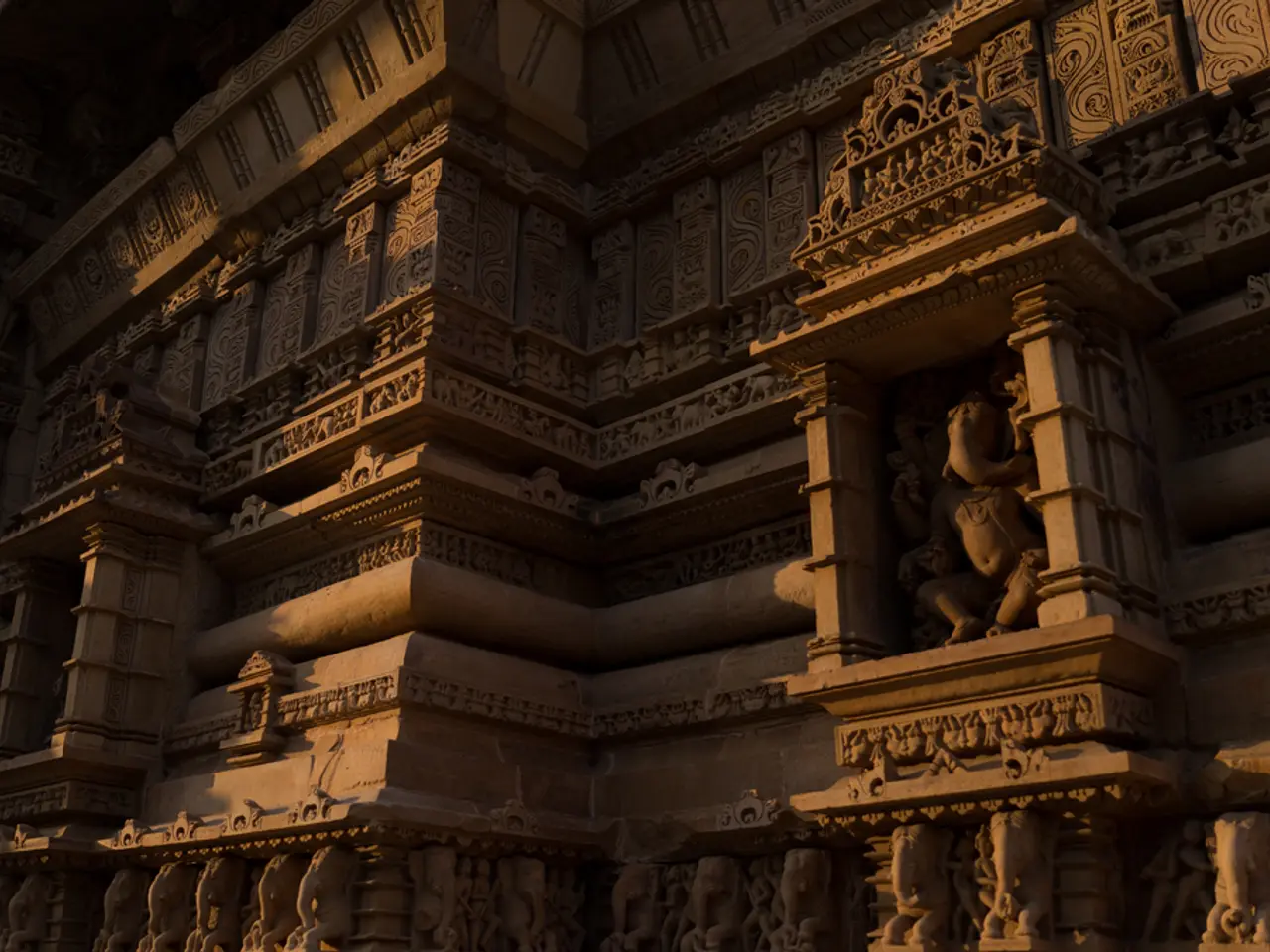Bucharest, often referred to as Romania's 'Eastern Paris,' showcases a unique blend of eastern-European charm and French architectural influences.
Bucharest, the capital of Romania, is a city steeped in history and cultural heritage, showcasing a diverse architectural landscape that reflects its dynamic past. With approximately two million residents, the city is a muscular and gritty tangle of buildings, offering visitors a unique experience.
One of the most iconic symbols of Bucharest is the Romanian Athenaeum, a stunning neoclassical concert hall built in 1888. This grand building features a grand dome, ornate frescoes, and symbolises Romanian cultural and artistic life, hosting the George Enescu Philharmonic Orchestra alongside numerous festivals and concerts.
Another notable landmark is the Palace of the Parliament, constructed during the communist regime of Nicolae Ceaușescu. Completed in 1994, five years after Ceaușescu was executed in a bloody revolt, this monumental building is the second largest administrative building in the world after the Pentagon. Despite housing the Romanian Parliament, three skippable museums, and an international conference center, the Palace remains about 70 percent vacant space.
The city’s architectural evolution includes the Royal Palace, which marks transitions from monarchy to communism to democracy, and Sala Palatului, an example of Stalin-era architecture. The Old Town (Lipscani district) is a key cultural hotspot with a vibrant mix of historical buildings, cafes, and nightlife that echoes Bucharest’s layered history and character.
Nicolae Ceaușescu’s communist dictatorship (1965–1989) had a profound impact on Bucharest’s urban landscape. His regime was marked by massive urban planning projects that reshaped the cityscape, leading to the demolition of large parts of historic neighbourhoods. The revolution of 1989, which ended his regime, left some cultural institutions damaged but later restored, such as the National Museum of Art.
In recent years, Bucharest's citizens have rejuvenated the once-derelict Old Town, transforming it into one of the liveliest nightlife zones in eastern Europe. Visitors can explore the Old Town, tour the parliament, and delve deeper into the story of Romania by visiting the National Museum of Romanian History in the Old Town and the National Museum of the Romanian Peasant near Victory Square.
Romania is proud to be part of the European Union, and its capital city offers a blend of historic charm and modern amenities. Bucharest was once called "Little Paris of the East" after a building spree in the late 19th century, and King Carol I, across the street from the Royal Palace, imported French architects to give Bucharest the romantic allure visitors still enjoy along this avenue.
In summary, Bucharest’s identity is built on a rich architectural heritage combining classical elegance, communist monumentalism, and a vibrant Old Town that narrates centuries of history. The impact of Ceaușescu’s rule is still visible today in the scale and style of certain urban landmarks, underscoring a complex history of cultural and political shifts that shape the city's character.
Traffic in Bucharest can be challenging due to the city's muscular and gritty tangle of buildings, especially when navigating the revitalized Old Town, a key cultural hotspot with a vibrant mix of historical buildings, cafes, and nightlife. For those interested in travel, Bucharest's lifestyle offers a unique blend of historic charm and modern amenities, reflecting its diverse architectural landscape that mirrors its dynamic past.




